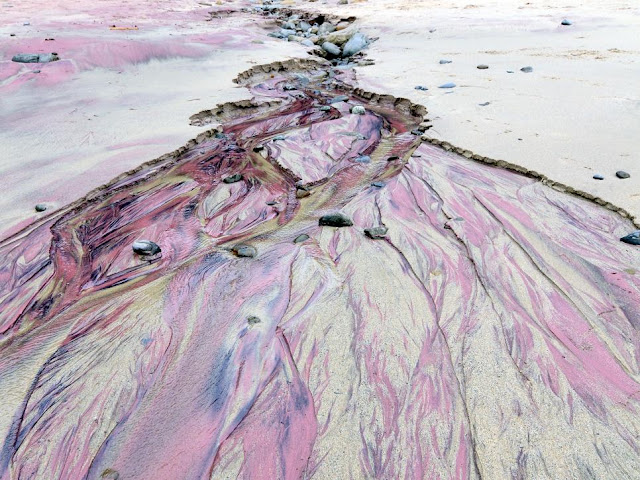
This Omicron variant mostly infects the unvaccinated and partially vaccinated. There are two classes of people in these categories: the idiotic and children.
Well, that was uncalled for, as in the idiotic category are some with possibly sincere religious or medically sound reasons. As of this moment, no one lower than the age of 16 has been fully vaccinated and boosted. How do I know? Well, the FDA just yesterday authorized a third dose of the Pfizer vaccine for children from ages 12-15. This 0-15 age category represents around 23% the population of the country.
Very simple. Those 4 and younger cannot yet be vaccinated. Those 5-15 have not yet been boosted. Omicron is especially infectious for those who have not been boosted, no matter what your age. Many (50?) of those so sickened were asymptomatic. People talked about taking tests before gathering with family during the holiday period...but few actually did, mostly because they were hard to find and not exactly cheap. Thus, this dangerous age group (0-15) no doubt infected a lot of the 16-100 and older age category who purposefully chose not to get inoculated.
At one time medical science estimated that at least 70% of the population would need to be protected to reach something called the herd immunity threshold. How does an individual become so safe? Either get vaccinated with a booster, or become sick with COVID-19.
Then came the delta variant, and the threshold was
bumped up to 85%. Now we have the omicron variant, and I have yet to see what is now this new threshold. But if the delta variant was only
60% more contagious than the previous dominant strain, and jumped the threshold from 70% to 85%, my gosh, this herd immunity number must now be closer to 100% if the omicron variant is 70 times more contagious than the delta variant. 100% is mathematically only double or twice the contagion. So 70 times is 3500% more infectious.
Frankly, I think that 70 times number was just tossed out by someone and the media picked it up by misunderstanding what was said.
The medical statement was:
In lung tissue taken from a human patient, the researchers found that the Omicron variant replicated roughly 70 times more in the bronchial tissue that makes up tubes leading into the lungs than did the Delta variant after 24 hours.
Does that mean the omicron variant is 70 times more contagious than the delta variant?
Moving on to my topic of the day, the Travel Channel reported on a variety of colored beaches. Here are a few, starting with the color of a rainbow, Glass Beach at Fort Bragg in California. It is a former city dump site, but the waves turned the waste into a beach, which is disappearing because of tourists:
California also has the purple Pfeiffer Beach at Big Sur, the result of manganese garnet deposits washing down to the beach from neighboring hills. Best when it rains a lot:
On the island of Rangiroa in French Polynesia is Les Sables Roses, a pink sand beach given that color from foraminiferal deposits, which came from pulverized red shells of tiny sea creatures. I stayed there once and would have loved to visit it:
Conde Nast Traveler showed nine pink sand beaches. Here is one from Komodo Island, Indonesia. You can swim here, but watch out for those Komodo Dragons.
About pink, here is Australia's
Lake Hillier on Middle Island, located 70 miles from Esperance. The lake is around 2000 feet by 820 feet. The color comes from both a Halobacteria and a type of algae known as Dunaliella salina, and is permanent.
From Hawaii, there are several black sand beaches. I lived in Kau on the Big Island and was close by Punaluu Beach, where the sands came from volcanic rock granulated by the surf:
On Maui are the red sands of Kaihalulu, said to be the most beautiful beach in the world. Also from lava, but the reason why this one is red is that the lava cooled near the coastline on land, and, over time, the high iron content formed iron oxide, or rust. The pounding waves later pulverized this rock:
Papakolea Beach near South Point on the Big Island required a 3-hour hike.
If you're adventurous, here are details. I've been there for I once lived in Naalehu, close to this location, and went fishing in that area. Green because of an abundance of
olivine, which is a component of lava. The higher density of this mineral allowed it under natural conditions to dominate.
Molokai has 3-Mile Beach, or Papohaku Beach, covering much of the west side. There was once a resort with golf course there, and I've walked the six miles along the coastline. Some say the beach is especially gold, or maybe even orange:
Amazingly enough, the Dow Jones Industrials rose 215 to make it two for two for the year, now at a new record 36,800.
I end with this. Good luck figuring out what it is.
-
 This Omicron variant mostly infects the unvaccinated and partially vaccinated. There are two classes of people in these categories: the idiotic and children.
This Omicron variant mostly infects the unvaccinated and partially vaccinated. There are two classes of people in these categories: the idiotic and children.





















Comments
Post a Comment